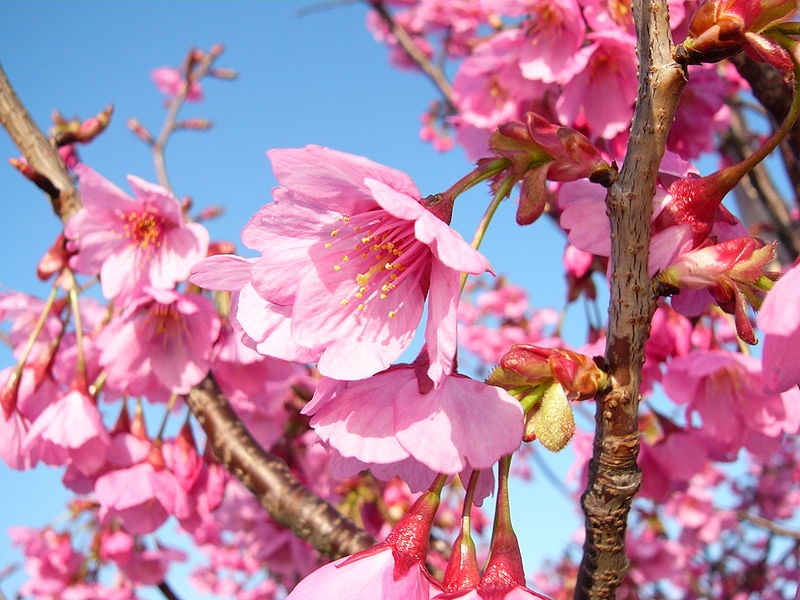The 3 Great Cherry Trees of Japan
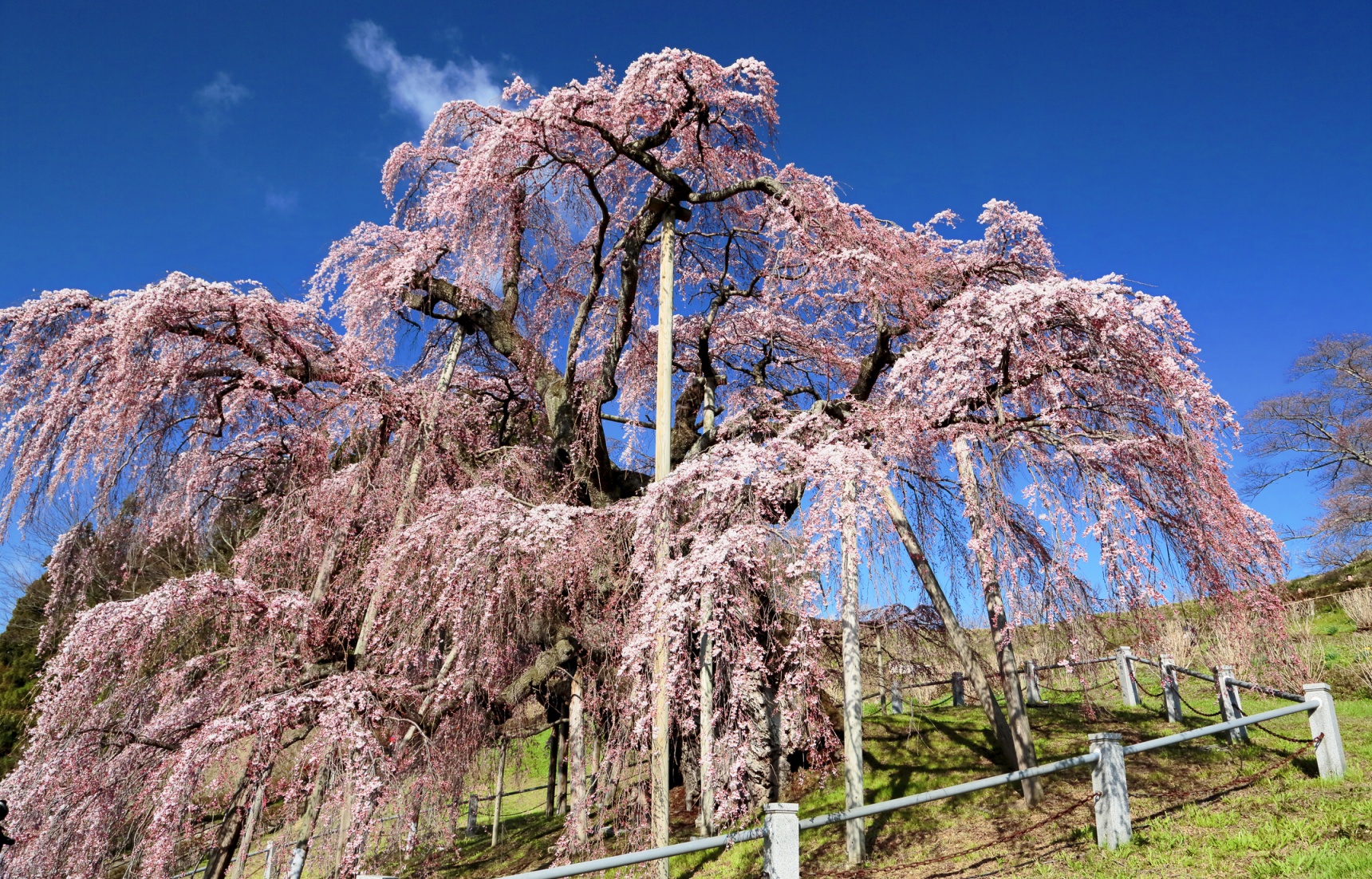
In Japan, cherry trees, or sakura, are the rock stars of the plant kingdom. But just as some music acts draw larger crowds than others, these three sakura are considered to be the absolute peak of the pink-flowered crowd.
By SoraNews24
It’s sort of ironic in otherwise thorough and industrious Japan, but as a whole the country doesn’t really go for sequential Top 10 lists. Instead, Japanese society tries to come to a consensus on the best three, in no particular order, whether the subject is beautiful views, gardens, festivals, naval admirals, or, as we look at today, cherry blossom trees.
Miharu Takizakura (Miharu Town, Fukushima)
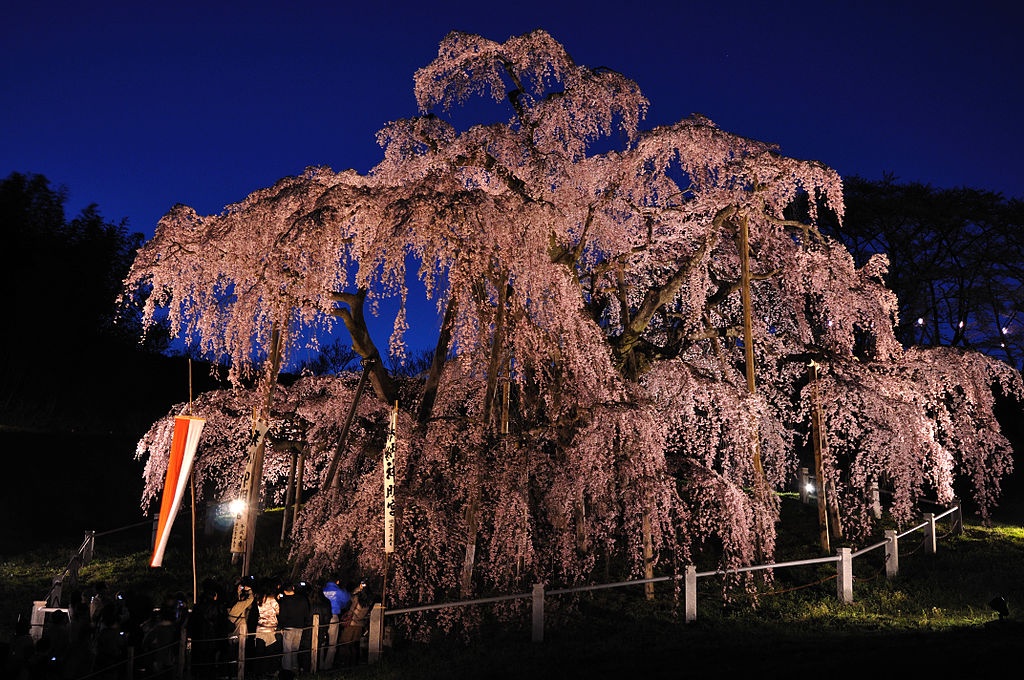
https://ja.wikipedia.org/wiki/%E4%B8%89%E6%98%A5%E6%BB%9D%E6%A1%9C#/media/File:Illuminated_Takizakura.jpg
First up is the Miharu Takizakura, found in the Miharu-machi section of Tamura County in Fukushima Prefecture.
Sakura have long been revered in Japan, with the practice of holding cherry blossom viewing parties, or hanami, said to date back to at least the eighth century. As such, many of the most beautiful specimens have been lovingly cared for over hundreds of years. A few reach an even more advanced age, such as the Miharu Takizakura, which is over 1,000 years old.
The tree is 12 meters (39 ft 4 in) tall, and at its widest point the canopy measures 25 meters (82 ft) across.
Takizakura literally means “waterfall sakura,” and is a reference to the weeping tree’s curved branches. It also serves as a metaphor for the way the petals cascade down from the branches after the sakura reach full bloom.
Usuzumi Sakura (Motosu City, Gifu)
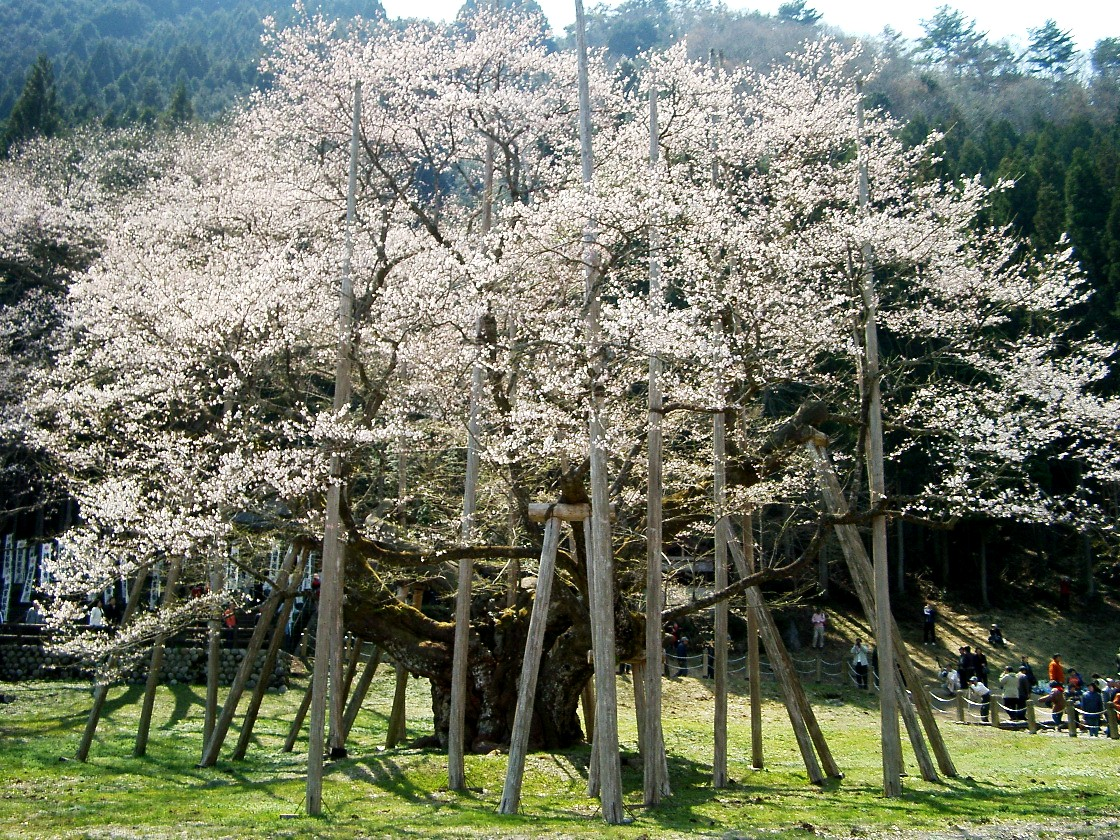
http://ja.wikipedia.org/wiki/%E6%B7%A1%E5%A2%A8%E6%A1%9C
The Miharu Takizakura isn’t the only sakura to reach the millennium mark, though. There’s also the Usuzumi Sakura in Motosu, Gifu Prefecture, which is over 1,500 years old.
According to historical records, the 16-meter-tall (52 ft 6 in) tree was planted by Japan’s Emperor Keitai, who reigned over the country during the early sixth century. In 1922, it was officially designated by the government as a National Natural Treasure.
Like the Mihara Takizakura, the Usuzumi Sakura has a meaningful name. Translating as “pale black ink sakura,” it refers to the colors of the tree's flowers. Wait for it: Prior to the flowers’ opening, their buds are a soft pink, and in full bloom, they’re almost entirely white. When they fall from the tree, however, they turn a pale ashen color, hence the name.
Jindai-zakura (Hokuto City, Yamanashi)
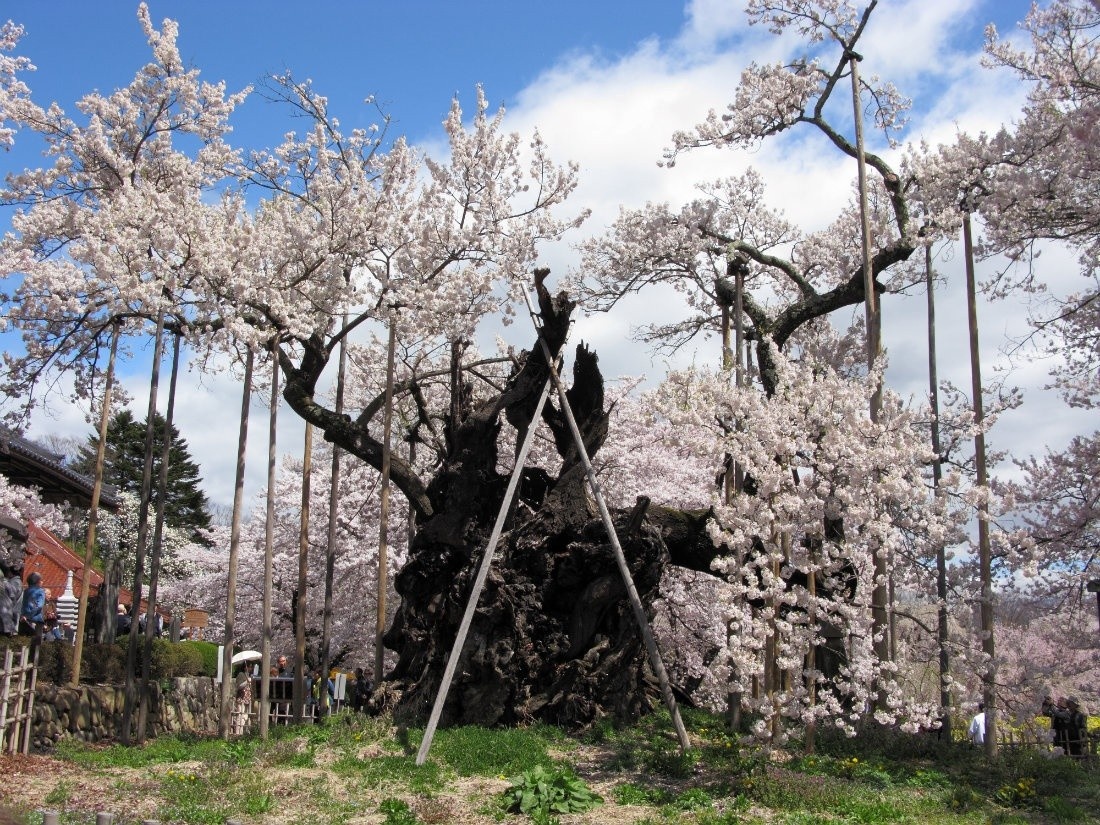
https://ja.wikipedia.org/wiki/%E7%A5%9E%E4%BB%A3%E6%A1%9C
Finally, the oldest of Japan’s three great sakura trees is Yamanashi Prefecture’s Jindai-zakura, in the Takekawa-cho district of Hokuto City.
Meaning “divine generations sakura,” the tree is appropriately located within the grounds of Jissoji Temple. Its exact age is unknown, although estimates place it somewhere around 1,800 to 2,000 years.
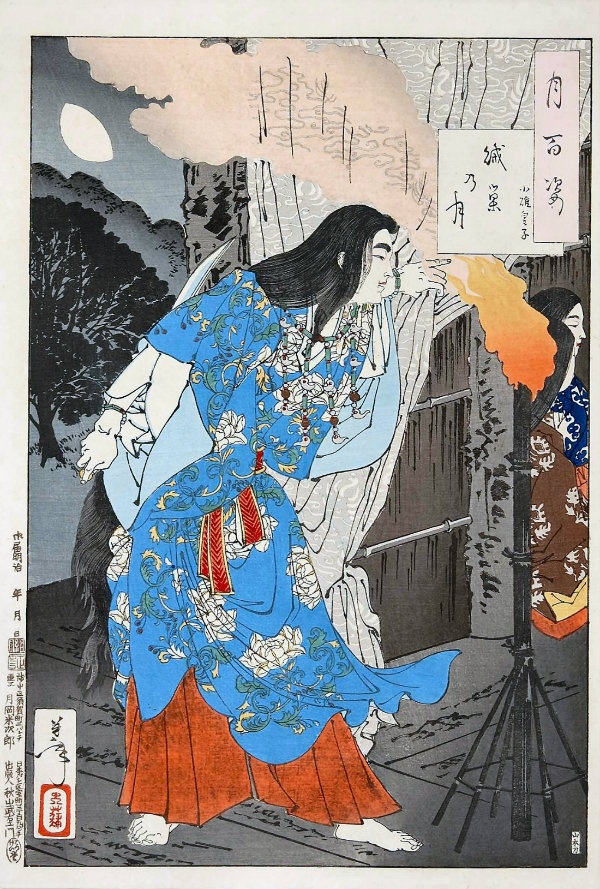
https://ja.wikipedia.org/wiki/%E3%83%A4%E3%83%9E%E3%83%88%E3%82%BF%E3%82%B1%E3%83%AB
When this tree was planted, the Sasanian and Gupta Empires were legitimate political allegiances, and people in North America were just starting to get excited about this awesome new food called “maize.”
The Jindai-zakura has a few things in common with the Usuzumi Sakura, as it’s also a National Natural Treasure, being the first tree to receive the title. The Jindai-zakura also has a connection to Japan’s imperial line, as folklore holds it was planted by Yamato Takeru no Mikoto (pictured above), son of the legendary 12th emperor of Japan, who is said to have lived until roughly 114 A.D.
Sakura are notoriously fickle regarding when they’ll bloom, but in most years the Usuzumi Sakura and Jindai-zakura are at their most beautiful in early April. Being the farthest north of the three, the Miharu Takizakura blooms in mid to late April, meaning that as long as you don’t mind a bit of traveling about, with good timing you can hit all three of Japan’s best sakura trees before their petals hit the ground.
Related Stories:
Six sensational Starbucks for sakura spectators
Fallen cherry blossoms make gorgeous “sakura carpet” at Hirosaki Park
McDonald’s Japan celebrates cherry blossom season with new cherry frappe and mocha drinks


